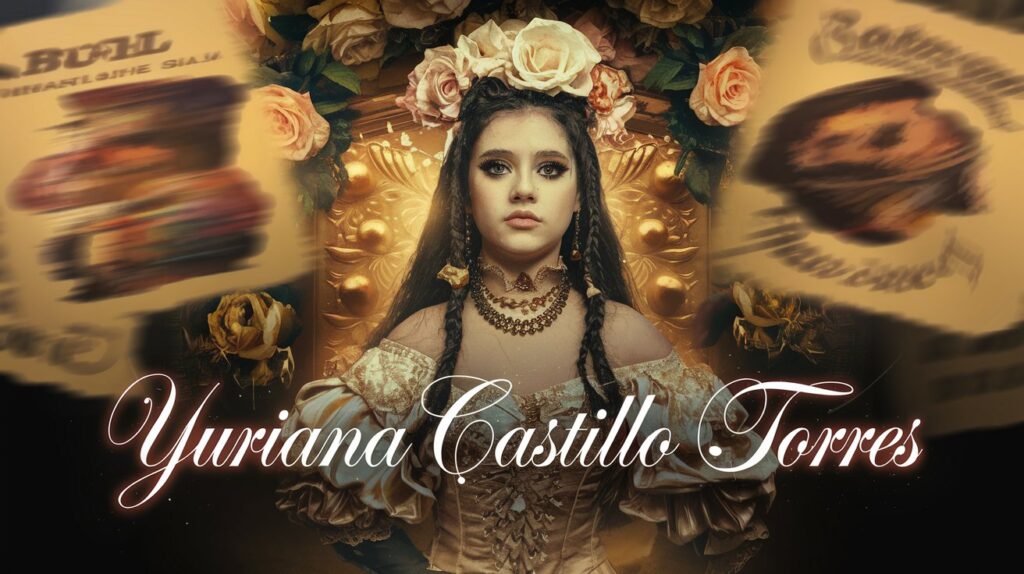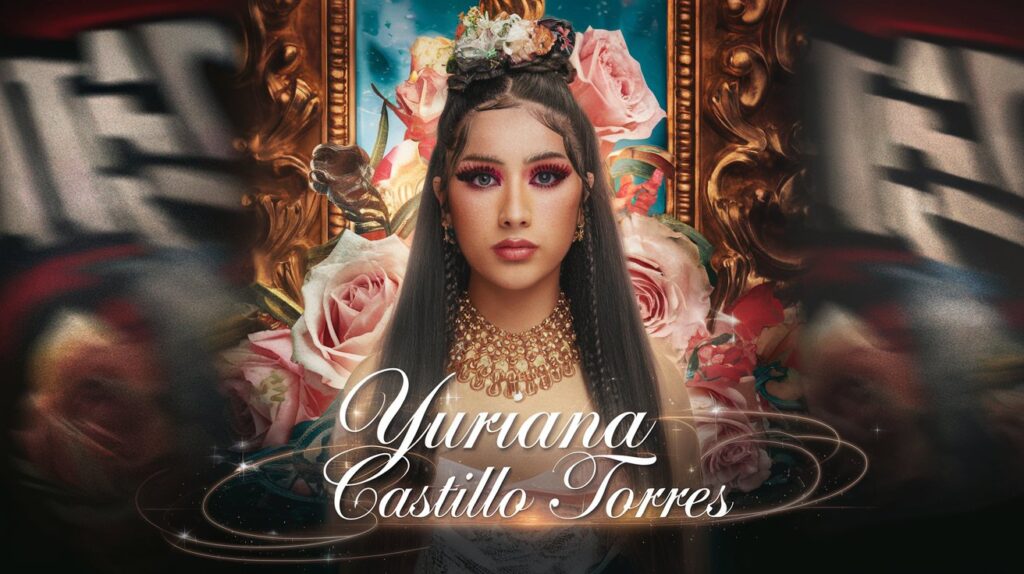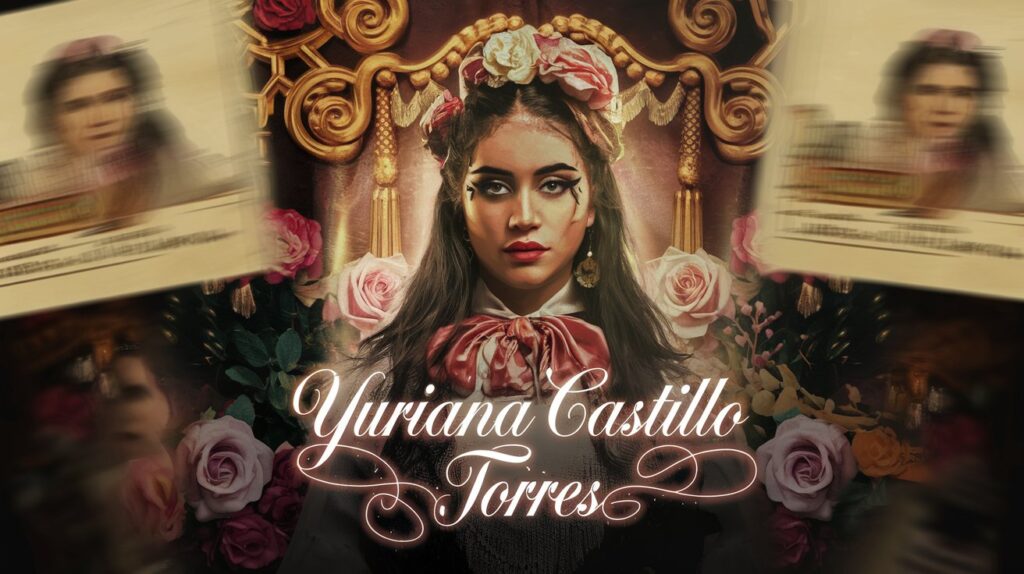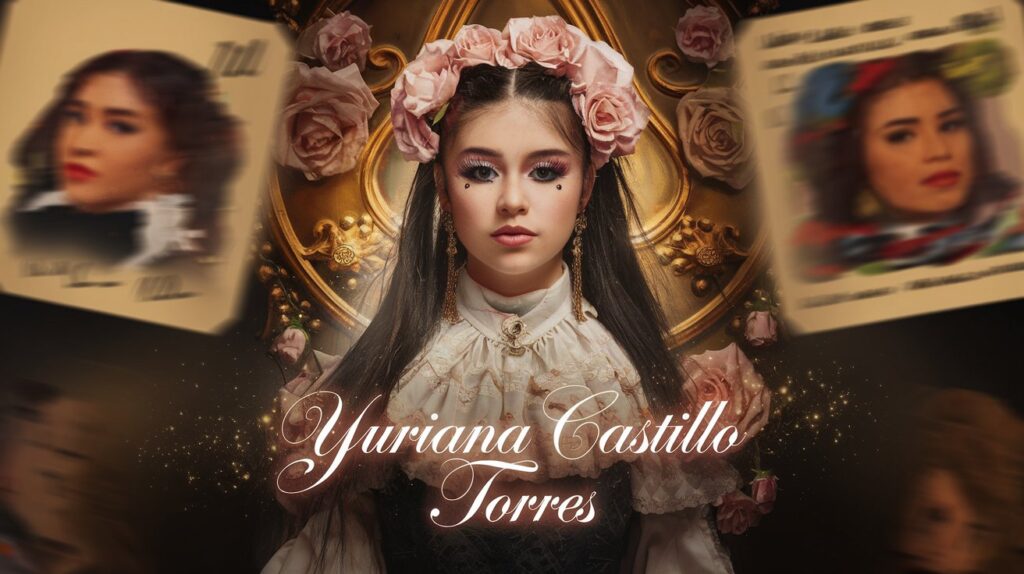Who Was Yuriana Castillo Torres?
Before her name became synonymous with cartel headlines, Yuriana Castillo Torres was just another woman navigating life in Sinaloa. But her fate took a dark turn when she became romantically linked to one of Mexico’s most notorious figures—El Chino Ántrax, a high-ranking hitman of the Sinaloa cartel.
Today, her name resurfaces in searches driven by curiosity, mystery, and tragedy. People don’t just want to know who she was—they want to know why her story ended the way it did. And perhaps, what her story says about the broader narrative of women entangled in narco culture.
Biography Table: Yuriana Castillo Torres
| Field | Details |
|---|---|
| Full Name | Yuriana Castillo Torres |
| Date of Birth | Unknown (Estimated early 1990s) |
| Place of Birth | Culiacán, Sinaloa, Mexico |
| Date of Death | May 2014 |
| Age at Death | Approximately 23 |
| Known For | Alleged girlfriend of El Chino Ántrax (Sinaloa cartel hitman) |
| Occupation | Unconfirmed – Believed to be a model or socialite |
| Nickname/Label | “Buchona” (slang for women linked to drug lords; often glamorized online) |
| Cause of Death | Abducted and murdered; body found bound in Culiacán |
| Notable Mentions | VICE, Bellingcat, Pinterest, Mexican cartel-related media |
| Cultural Relevance | Symbol of women entangled in cartel life and narco-culture glamorization |
| Public Perception | Viewed as a tragic figure, often objectified posthumously on social media |
| Associated With | José Rodrigo Aréchiga Gamboa (El Chino Ántrax) |
The Rise and Fall of El Chino Ántrax
To understand Yuriana’s story, we need to zoom in on José Rodrigo Aréchiga Gamboa, aka El Chino Ántrax. As a founding member of the Los Ántrax enforcement arm for the Sinaloa cartel, El Chino was a powerful figure with a public image that often flirted with celebrity status.
Known for his lavish lifestyle and social media bravado, El Chino embodied the “buchón” lifestyle—fast cars, designer fashion, gold-plated guns, and beautiful women. Yuriana Castillo Torres was one of them. Or so the world believed.

Mistaken Identity—or a Targeted Hit?
In May 2014, Yuriana was abducted from her home in Culiacán. Hours later, her body was found, lifeless, bound, and discarded. She was just 23.
What happened that night remains murky. Some reports, like one from VICE, referred to her as a “Mexican Kardashian lookalike,” implying her glamorous image may have caused mistaken identity. Others, such as Bellingcat, tie her death directly to her association with El Chino, who was arrested around the same time.
There’s speculation that she was targeted not because of who she was, but because of who she was seen with. This raises questions: Was Yuriana truly a “buchona”—a woman embedded in narco culture? Or was she just a casualty of mistaken assumptions?
What Is a “Buchona”?
The term buchona isn’t just slang—it’s a loaded cultural symbol in Mexico. Often used to describe women associated with drug traffickers, buchonas are known for their surgically enhanced beauty, extravagant lifestyles, and social media fame.
Yuriana Castillo Torres became an unwilling poster child for this label. Her photos—sleek makeup, curve-hugging outfits, lavish parties—circulated rapidly after her death. Pinterest boards to this day still discuss her look and connection to the cartel world. But who was the real Yuriana beneath the glam?
Life Behind the Filters: A Human Story
It’s easy to reduce Yuriana to an archetype: the glamorous girlfriend of a gangster. But friends and local reports painted a more complex picture. She wasn’t just an Instagram image—she was a daughter, a friend, a woman caught between love and danger.
Her story is echoed by countless others—women swept into the world of cartels, sometimes by choice, often by force or manipulation. What makes Yuriana’s story stand out is how public it became—and how fast she was erased, remembered more for her death than her life.
The Aftermath: Silence, Speculation, and Forgotten Names
Following her death, Mexican media covered the story briefly. A few blog posts, a handful of news segments. No arrests. No justice. Then—silence.
To this day, no official source has confirmed whether Yuriana’s murder was a case of mistaken identity, a warning, or a revenge killing. Forums and blogs still theorize, and long-tail keywords like “Yuriana Castillo Torres death” and “El Chino Ántrax girlfriend murdered” continue to generate quiet traffic. But answers? They never came.

Why Her Story Still Matters
You might be wondering, Why are we still talking about her? It’s been over a decade.
Because Yuriana Castillo Torres represents more than a single tragedy. She symbolizes the hidden cost of the cartel war—how women’s lives are collateral in a battle they never asked to join. In a world where the men get books, Netflix deals, and headlines, women like Yuriana get whispers.
Her story also illuminates how we, as digital citizens, consume and forget. A name trends. A photo circulates. A life is lost. And then we move on. But the people who knew her don’t. And neither should we.
SEO Snapshot: What’s Ranking, What’s Missing
Despite growing interest, the search landscape for “yuriana castillo torres” remains shallow. You’ll find:
- A VICE article on mistaken identity
- Bellingcat’s contextual analysis
- Pinterest boards glamorizing her image
But what’s missing is depth. There’s no long-form tribute, no true crime documentary episode, no voice speaking for her in full. This article aims to change that—by telling her story not just through headlines, but with humanity.
Keyword Variations to Know
If you’re digging into this topic or writing your own take, these are the terms people are using:
- El Chino Ántrax girlfriend
- Yuriana Torres buchona
- Yuriana Castillo Sinaloa cartel
- Who was Yuriana Castillo Torres
- Yuriana Castillo Torres murder
Using these naturally in your content (as we’ve done here) helps match user intent and improve visibility, especially in niche or emotional true crime spaces.

Final Thoughts: Remembering Yuriana
There’s no resolution to Yuriana’s story—no arrests, no peace. Just questions and echoes. But telling her story, remembering her as more than a label, is a form of justice.
So the next time her name flashes by in a headline or Pinterest post, pause. Ask: Who was she, really? And what does her silence say about us?




